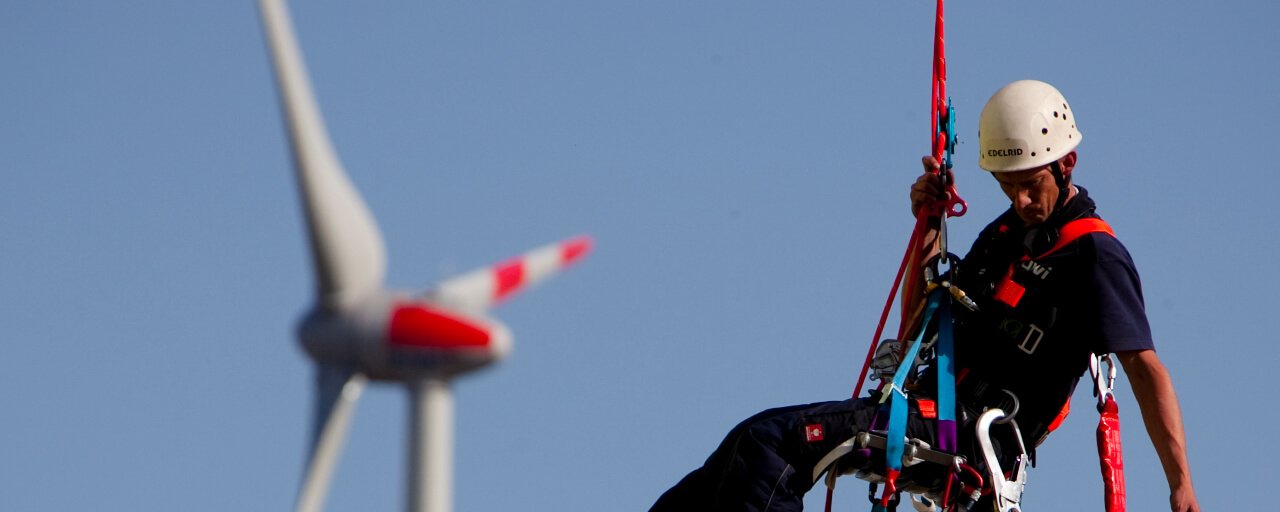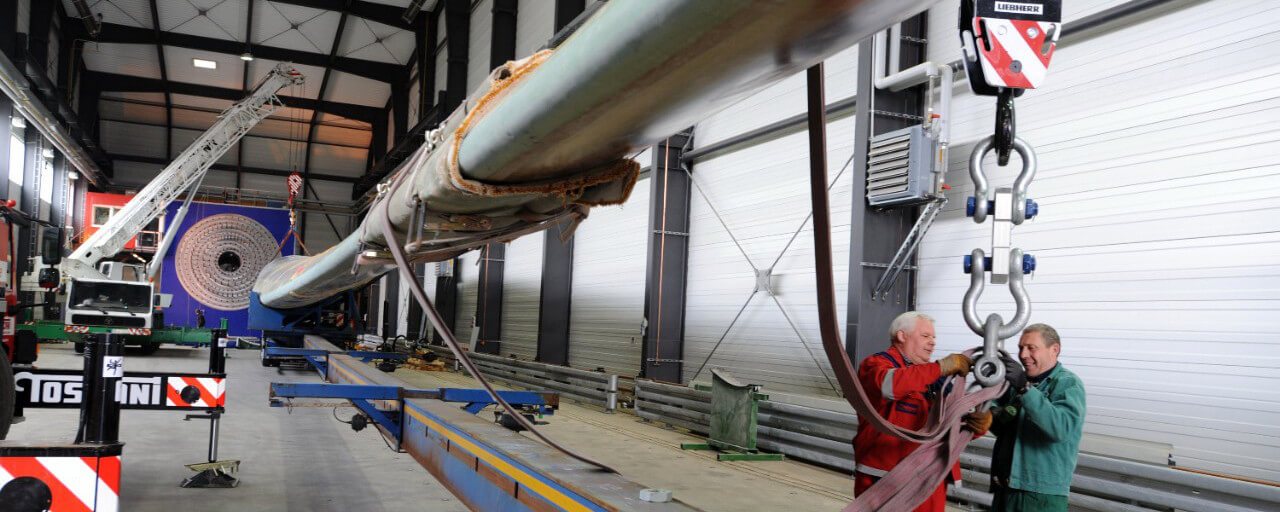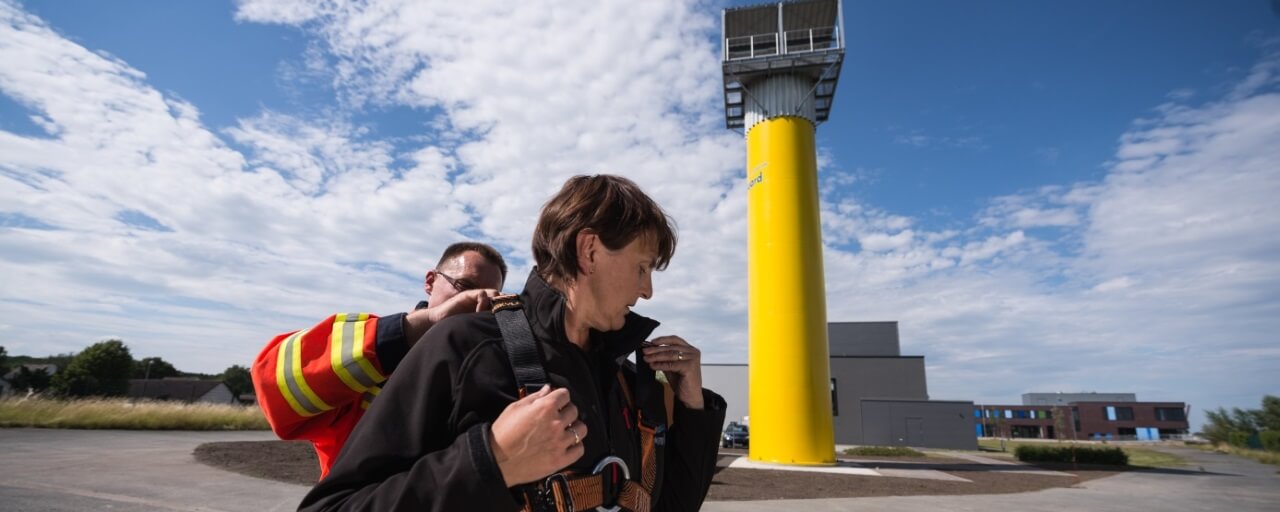One of the central requirements for the successful operation of wind turbines is knowledge of wind conditions at hub height at the turbine’s location. As wind speed decreases as it travels from the coast towards inland because of increased roughness, but simultaneously increases with its height above ground, wind turbines with noticeably larger hub heights are, as a rule, erected in inland areas with weaker winds.
Current large-scale weather patterns in Europe

Seasonal cycles of wind speeds and wind electricity output
Wind conditions vary from year to year on account of variable weather conditions. Thus, long-term forecasts for turbine operators and investors on average expected output at a turbine’s location are of great significance in terms of cost-effective operation of wind farms and individual turbines. Wind indices are used to categorise long-term averages. While regional wind indices are suitable only for providing guidance on categorising wind years, use of location-specific wind indices can help to determine more precise forecasts on expected outputs over 30 or 40-year periods.










